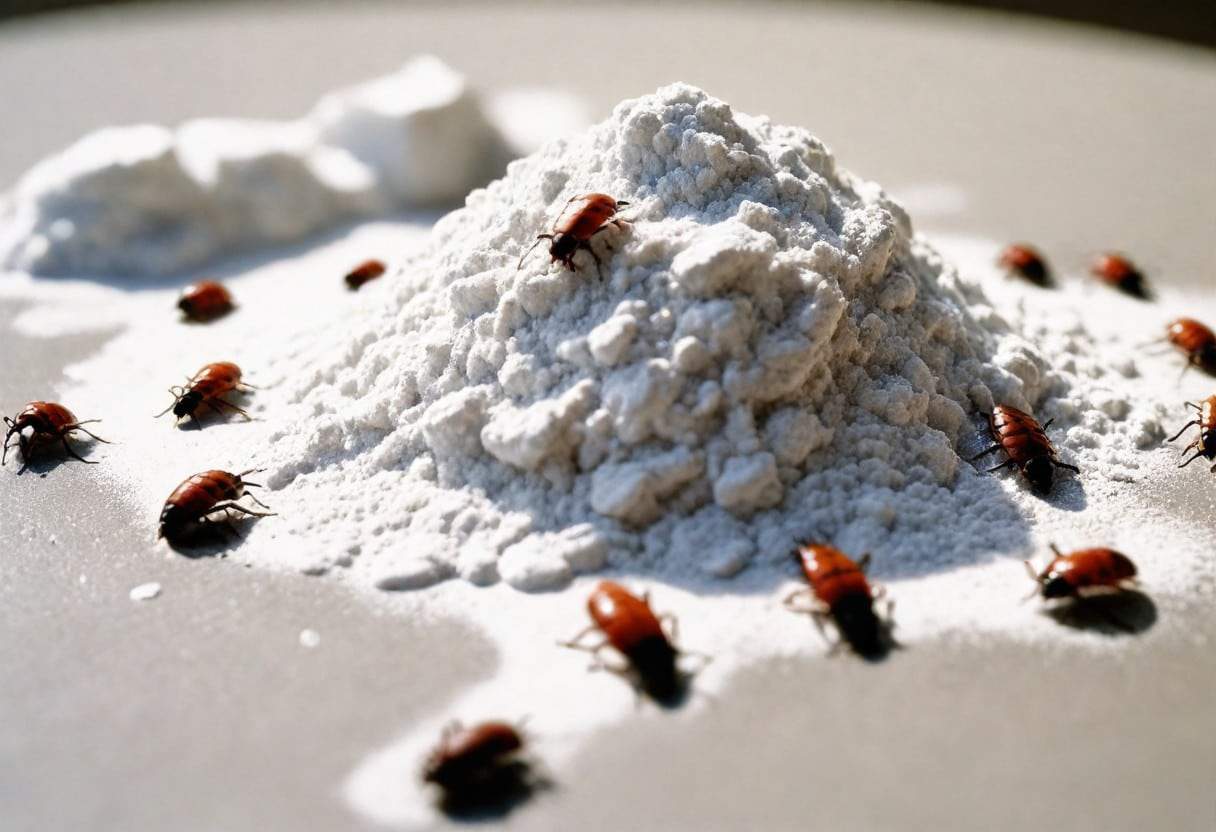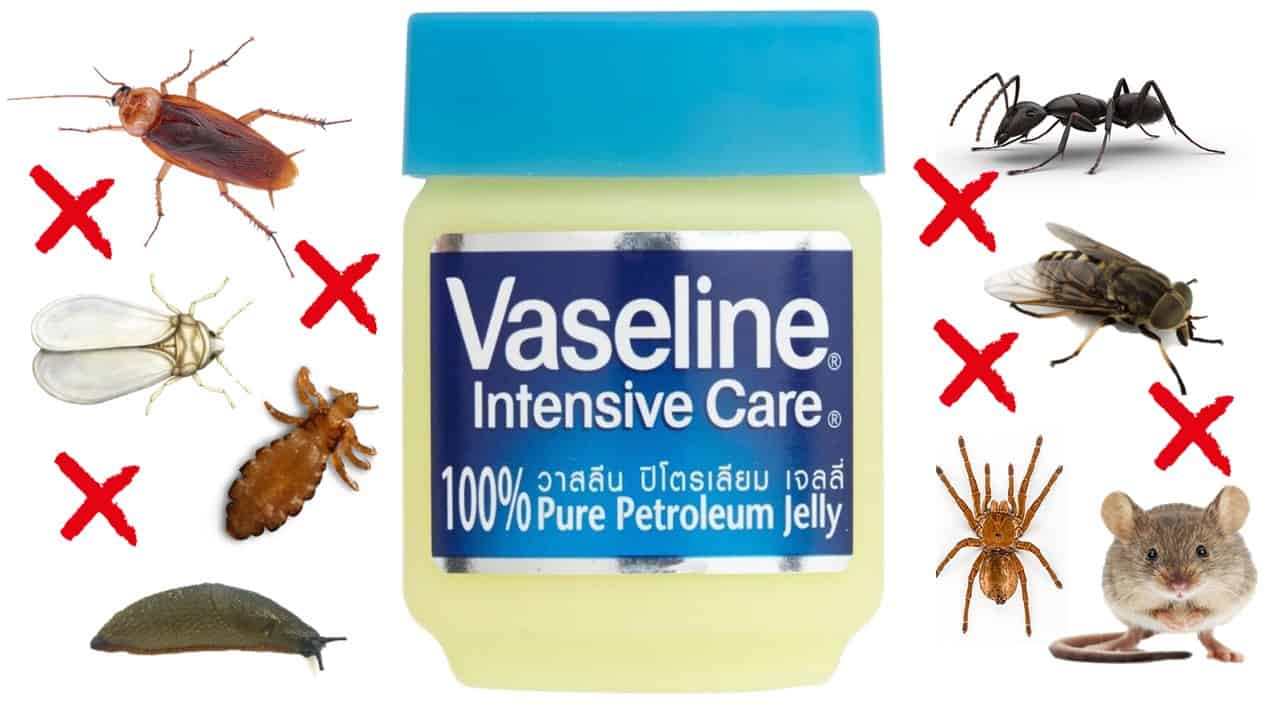Every year, thousands of whales die after being hit by ships. This video explores the devastating effects of human activity on these creatures and urges viewers to take action to help protect them. Watch the video to learn more about this issue and how you can help make a difference.
Table of Contents
How are whales dying?
Whales are dying from ship strikes in a variety of ways. Some are killed outright, while others are injured and thrown out of the water for as long as 10 to 15 minutes. They may be thrashing around in the water or lying on the seafloor during this period. They often lose their sense of direction and can be trapped in deep, difficult areas to leave. The still alive whales often suffer from severe wounds, internal bleeding, and shock, which may cause death. In some cases, the whales have been mutilated, and massive propellers dismembered their bodies.
What are the Risks for Whales?
Scientists estimate that more than 100,000 whales are killed each year by collisions with ships. This number is increasing as more and more people log onto whale-watching cruises, which bring them closer to the whales. These collisions have caused severe damage to the whales, who are often injured and killed by having their bodies ripped apart. They also face a high risk of being struck by ships’ propellers or entangled in fishing gear. These collisions can also cause severe injuries to the whales, resulting in death.
Why is it happening?
1. Whale-watching ships travel at high speeds
While whale-watching, traveling at high speeds may be too fast for whales to keep up with. These ships travel at a rate of up to 20 to 30 miles per hour, faster than most whales can swim. Being hit while traveling at high speeds can cause the whales to lose their natural ability to swim and dive. Also, the number of ships is too high for the whales to avoid being hit.
2. Whale-watching ships are not always equipped with the right technology for communication
The “whale-watching” industry is growing, and so are the number of boats and ships in operation. It implies that there’s more and more danger for whales. The ships are not always equipped with the right technology for communication, so they cannot alert each other when they come in contact with whales.
3. The ship engines can cause damage
Wildlife experts say that whale-watching boats and ships can cause as much damage as a shipwreck. Ship engines create a high-pressure zone in the water, causing the whales to get hit by propellers. This damage is dangerous for the whales and for humans who cannot swim away from them.
4. Whales are getting used to the lights and sounds of ships.
As they become more accustomed to the lights and noises, whales may be more likely to approach ships. Sadly, this can also cause them to be injured or killed. A whale may even try to get so close that it crashes into the ship.
5. Whales are getting used to human voices
If whales are getting used to human voices, they may be more likely to come close enough to boats and other ships to be hit. Since boats and vessels are in the water for long periods, this could cause significant injuries or deaths.
What is the solution?
1. Ensure that all equipment on the ship is marked with a flashing light so that whales will be aware of their presence.
This act will reduce the chance of whales getting injured or killed. For boats, make sure that they are equipped with flashing lights and warning signs so that whales will see them.
2. Reduce speed when near whales to avoid collisions
Reducing the speed of ships while traveling will prevent collisions with whales and reduce the chance of injuring whales.
3. Ships should be equipped with sophisticated communication technology
The use of radio and satellite technology will allow ships to communicate with each other and with ports, thus reducing the chance of collision. Ships must set up a system that will enable them to exchange information about whales in their vicinity.
4. Ensure that the ship’s crew is trained on how to handle whales
A ship’s captain must be trained in handling whales, and he must take the time to learn about their behavior.
5. If possible, have a whale watch program on board
Having a watch program on board will allow people to observe whales traveling along their migration route. This program provides an excellent opportunity to protect whales from boat and ship crews that might harass them. The best way to do this is to have people watch 24 hours a day while traveling. In addition, a lookout should be stationed at the ship’s bow. The lookout can spot whales before they get too close to the ship.

A good lookout will have the following skills:
- Communicate with other ships, charterers, and the port authority regarding weather conditions at sea.
- Be aware of their vessel’s location at all times.
- Have detailed knowledge of the ocean and its currents.
- Keep a sharp lookout in all directions.
- Know the local marine traffic, including fishing vessels and other commercial or recreational vessels.
- Maintain communication with crew members at all times.
6. Try to follow the whales in their natural migratory routes instead of using a fixed location for your ship.
This act will help the whales to feel more comfortable and avoid being hit. Crew members should be at the bow or rear of the ship to observe whales before they get too close to the vessel.
7. Maintain vessels and personnel in good health and safety practices.
8. Do not approach too close to whales, or they may feel threatened and react aggressively.
Final Words
The whales are endangered, and the conservation of these species is essential. If you are traveling by sea or whale-watching, keep these rules in mind to have a safe and enjoyable trip.











